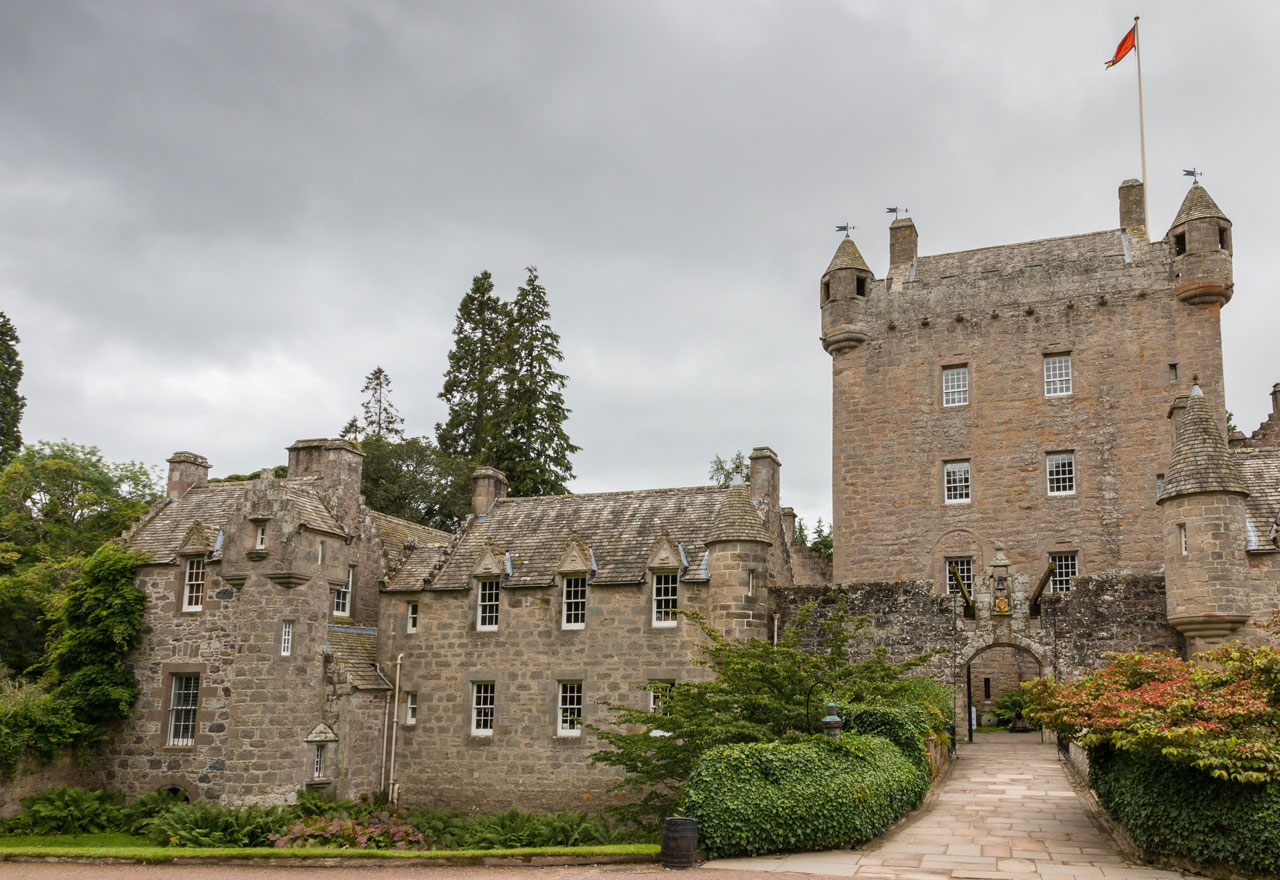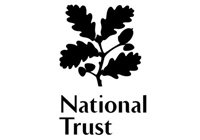- Home
- Scottish Castles
- Cawdor Castle
visit cawdor castle

A brief history
Cawdor Castle is one of the best known castles in Scotland due to its association with Shakespear's "Macbeth", a story which belongs in fact to legend as the real Duncan met his death in 1040, long before the castle was built.
Cawdor Castle dates from 1370 and was built as a private fortress by the Thanes of Cawdor. A Thane is referred to as a feudal lord or baron of Scotland. The Castle as we see it today was built around a 15th century tower house and built around a thorn tree.
In 1454 the Thane of Cawdor received a royal license by James II to build and fortify his castle. Tradition holds that he had a dream that told him to put a chest of gold on a donkey and build the castle wherever it first stopped to rest. The donkey lay down to rest under a holly tree and it's there that the castle should be sited. The tree is now petrified and you can see it at the base of the Old Tower at Cawdor.
In the 16th century major additions were made to the castle, a curtain wall was built and further living accommodation was added. In the 17th century the north and west wings were enlarged and a great deal of mural carving was added, bringing the castle to its present and final stage.
The Thanes of Cawdor lived in their castle until about 1510 when it passed into the hands of the Campbells. On orders of Archibald Campbell, the second Earl of Argyll, the heiress Muriel Cawdor was kidnapped and made to marry his son Sir John Campbell at a very young age in 1511. This marriage was successful and the castle became the seat of the Clan Campbell of Cawdor.
It is very fortunate that Cawdor Castle has survived the feuds and battles in it's time, especially the Battles of Auldearn, Culloden and Cromdale all being fought in close proximity of the castle.
In the 18th century the Thanes of Cawdor decided to follow the Jacobite cause which ended in defeat at Culloden in 1745. The family went to live on their Welsh Estates and for several generations Cawdor Castle was not the main residence any more. As a result Cawdor Castle has remained an authentic medieval castles with Jacobean influence.
Like so many castles in Scotland, Cawdor Castle is haunted. One is a mysterious lady in a blue velvet dress, the other is thought to be Sir John Campbell, the first Lord Cawdor.
The castle is now owned by the present Earl Cawdor and the castle and the adjacent gardens are open to the public in season.
Highlights of Cawdor Castle
CASTLE GARDENS
Cawdor has a number of magnificent gardens. The Flower Garden was created in c.1710 by Sir Archibald Campbell which was likely influenced by Thane's travels to Poituers, Blois and Paris in France. The Walled Garden is the original kitchen garden and is the oldest garden at Cawdor. It contains a fantastic maze which hosts numerous holly plants. The delightful secluded Wild Garden is accessed via a door in the wall of the Flower Garden and hosts rare species of plants from Tibet.
GROUNDS
Cawdor Big Wood is an ancient woodland that surrounds the castle and hosts a number of magnificent nature trails ranging from short walks to those up to 5 miles. If you lose your way, walk until you reach a stream or a "burn". All burns lead back to the glorious Cawdor Castle. Dogs are unfortunately not permitted inside the immediate grounds of the Castle or its historic gardens, however there is a dedicated 1 km dog walk loop along with an enclosed area for your dog to exercise.
OUTDOOR ACTIVITIES
Cawdor is home to a type of fishing known as Banchor Beat, or the Lairds Beat of Cawdor Castle. It involves fishing from the tops and sides of rocks. Perfect for enthusiasts! There is a 9-hole golf course which covers 25 acres of parkland designed for players of all levels.
GIFTS AND RESTAURANT
The Courtyard Cafe has views onto the Flower Garden and supplies organic produce from Cawdor's vegetable gardens, wild game from the Estate and local produce from a range of suppliers. The Highland Shop hosts a range of whiskys, cashmere, lambswool jumpers and other wonderful Scottish gifts. The Castle Gift Shop contains souvenirs from your trip to Cawdor, along with other unique gifts such as jewellery, books and ceramic creations.
Location
Cawdor Castle
B9090, Cawdor, Nairn IV12 5RD
Official website: Cawdor Castle

